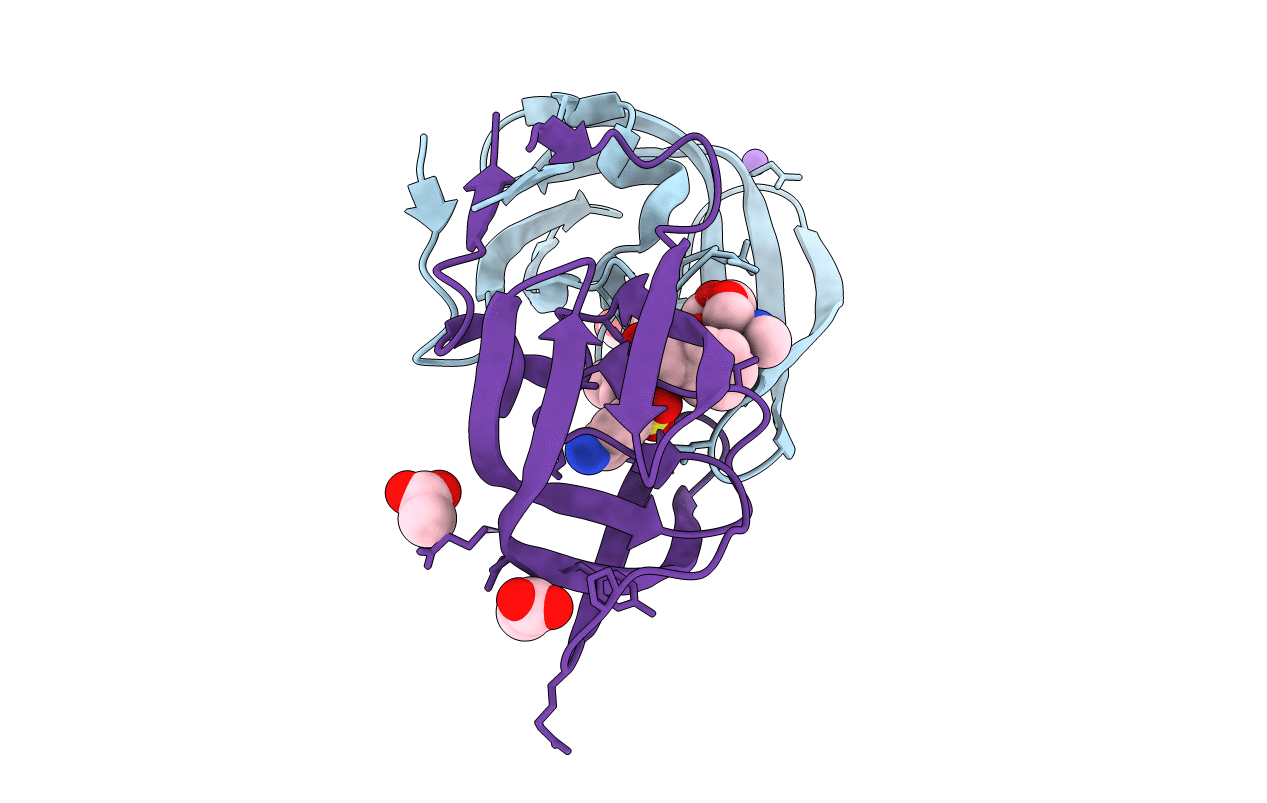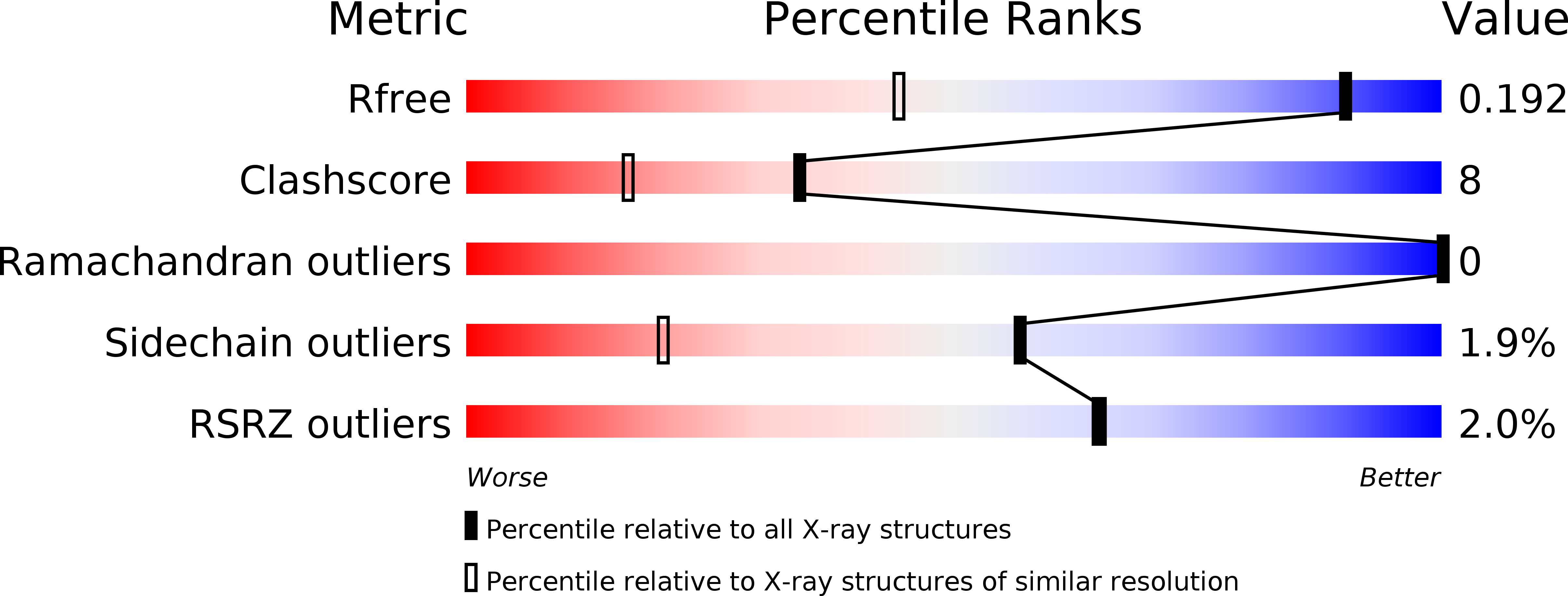
Deposition Date
2015-06-01
Release Date
2015-09-09
Last Version Date
2023-09-27
Entry Detail
PDB ID:
5BS4
Keywords:
Title:
HIV-1 wild Type protease with GRL-047-11A (a methylamine bis-Tetrahydrofuran P2-Ligand, 4-amino sulfonamide derivative)
Biological Source:
Source Organism:
Human immunodeficiency virus type 1 BH10 (Taxon ID: 11678)
Host Organism:
Method Details:
Experimental Method:
Resolution:
1.29 Å
R-Value Free:
0.20
R-Value Work:
0.16
R-Value Observed:
0.17
Space Group:
P 21 21 2


